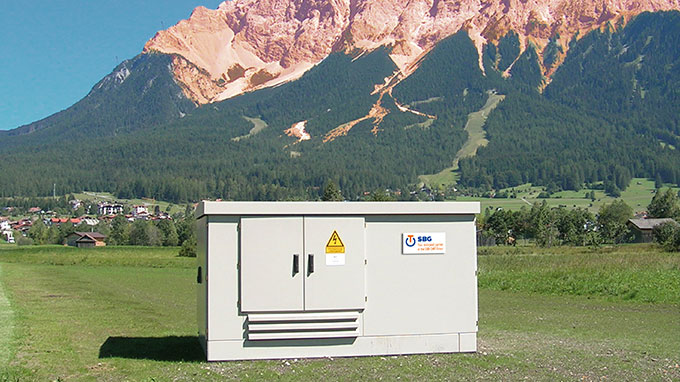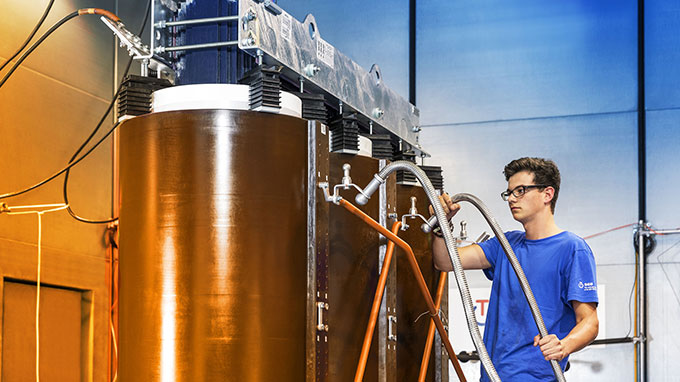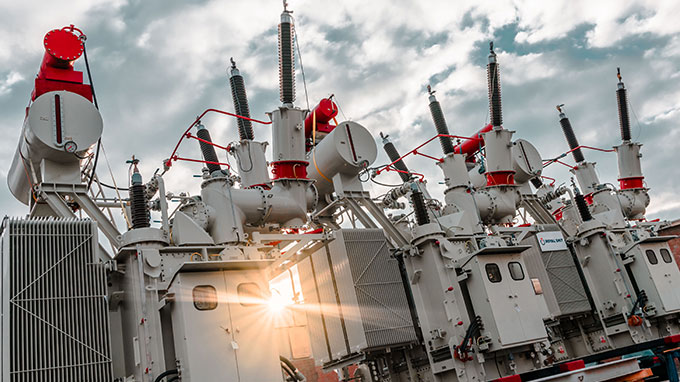Business Ethics - Compliance and Code of Conduct - Data management and Information security
Responsible decisions on resources & raw materials consumption to achieve a circular economy
Equal opportunties - Diversity and Inclusion within our teams
Health and Safety - Good working conditions, Trainings - Relationships build on trust and Integrity
Commitment to support the global target of maximum 1.5°C
Environmentally sound action is essential for sustainability and it is directly linked to our daily production – at all levels and at all sites. Accordingly, we are increasingly expanding our engagement in renewable energy among other initiatives to protect the environment.
Environmental action is divided in two focus areas within our GREEN program: Responsibility and Net Zero.
Find out more in our Sustainability Report 2023.
Responsible decisions on resources & raw materials consumption to achieve a circular economy
R
LCALife Cycle Assessment




87%
Recycling Rate
2022
Commitment to support the global target of maximum 1.5°C
We record systematically the greenhouse gas (GHG) emissions we produce in accordance with the three scopes of the GHG Protocol:
Scope 1: Direct emissions produced by in-house fuel use and industrial processes.
Scope 2: Direct emissions produced by the electricity consumption.
Scope 3: Indirect emissions occurring as a result of own activities but cannot be directly influenced, covering upstream and downstream activities.
14%
Reduction of CO2 EQ/MVA
2020 - 2022 (Scope 1&2)
To achieve the reduction of GHG emissions we are focusing on reducing our energy consumption, using renewable energy and implementing a consistent energy management system. We are also committed to measuring and addressing our Scope 3, constantly working with our suppliers to achieve this goal.